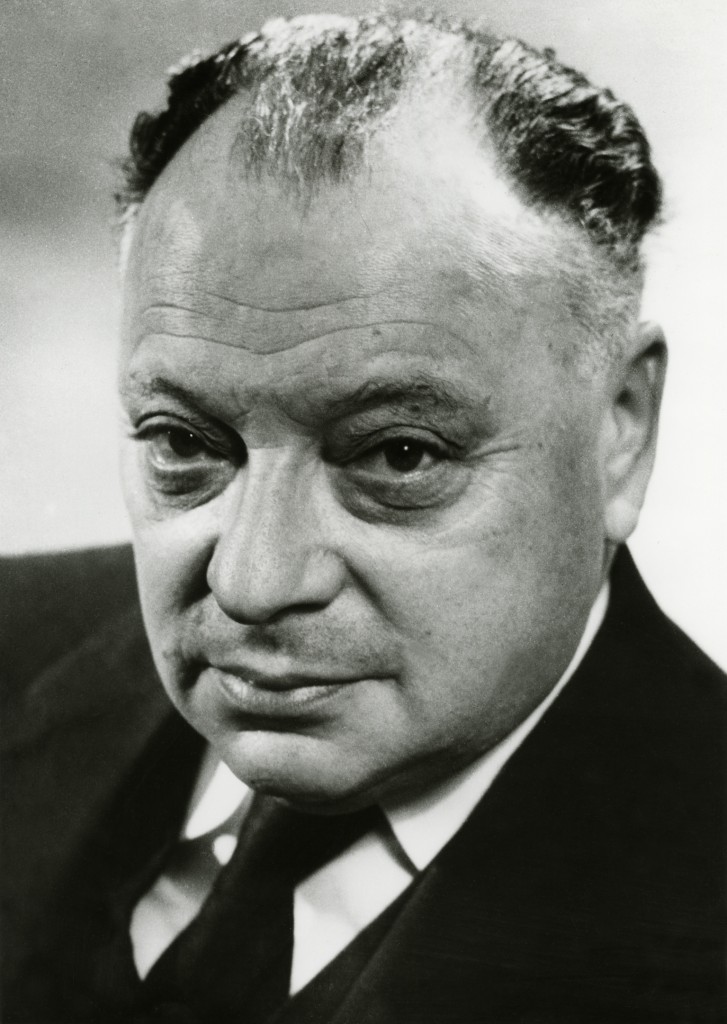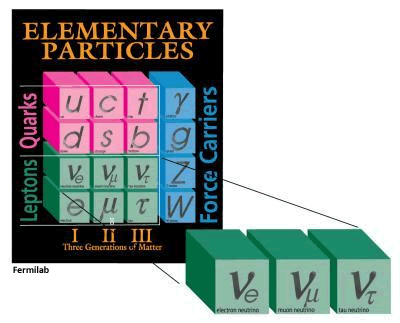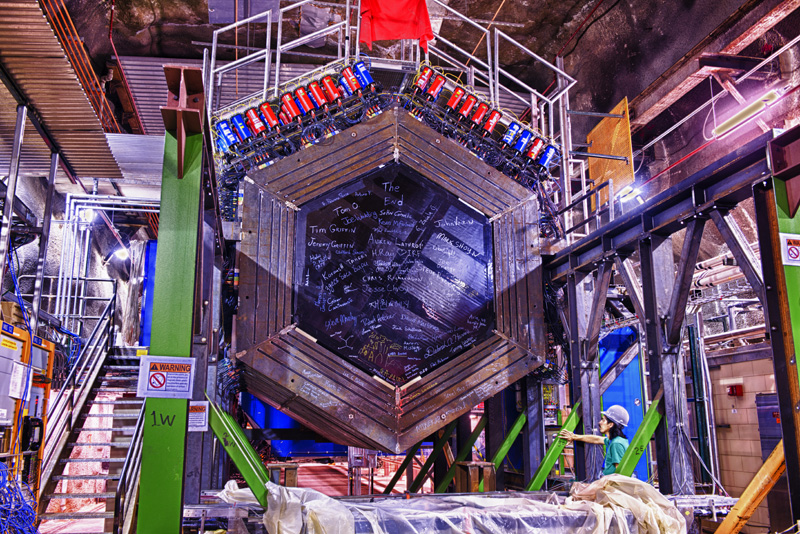ICTP-SAIFR hosts the International Neutrino Summer School 2015
The ICTP-SAIFR hosted, between August 17th and 28th, the International Neutrino Summer School of 2015. The event, held annually and in different countries, was attended by theoretical and experimental physicists to address different aspects related to these particles. Among them, the relationship between neutrinos and the Standard Model, and the latest experiments that are trying to produce and detect a growing number of these particles.
“Schools like this one are excellent ways to discuss fundamental questions related to neutrinos and connect and involve people with the area”, said Deborah Harris, researcher at Fermilab and member of the International Advisory Committee of the School.
History
As Harris explained in her Colloquium during the School, neutrinos were predicted for the first time in 1930. The aim was to solve a crisis in the Particle Physics area: in certain experiments with electrons, scientists noted that the final energy was lower than the initial energy. The explanation, suggested by Austrian physicist Wolfgang Pauli, was that the energy was in the form of a particle that could not be seen and did not interact with matter – the neutrino.
Pauli’s prediction was confirmed more than 20 years later. These particles were detected experimentally and in three different types, or flavors – the electron neutrino, the muon neutrino and the tau neutrino. They were named this way because each type is only generated from reactions that involve electrons, muons or taus, respectively.
In the 60s, another interesting phenomenon was observed: neutrinos could change flavors as they propagate through space. The quantum phenomenon, called neutrino oscillation, and its probabilities, is still a topic of research for scientists.
Neutrinos and the Standard Model
The relationship between neutrinos and the Standard Model was one of the topics discussed throughout the school. By the end of the last century, a discovery made the neutrino research area intensify even more: contrary to the prediction of the Standard Model, it was observed that neutrinos have mass.
“As the Standard Model predicted that neutrinos have zero mass, we study ways to add mass to these particles within the model”, says Brazilian physicist André Gouvea, researcher at the Northwestern University and one of the School lecturers. “There are several different ways to do this, and each one of them provides us with other associated phenomena. By studying these phenomena we can try to rule out or confirm models that predict them”.
Experimental Studies
Neutrinos interact very weakly with matter. According to Harris, when these particles are produced in accelerators, they have to travel an average of 1.5 billion kilometers before having one interaction. Therefore, experimental studies of neutrinos require the production of a great amount of these particles with the hope that one of them will produce a measurable reaction.
One of these experiments, currently in progress, is called MINERvA. Located at Fermilab, but with the collaboration of several countries, including Brazil, MINERvA studies neutrinos and their interactions, and try to solve problems that, until now, remain open.
“We want to understand certain anomalies observed experimentally”, says Harris. “Why, for instance, we see in experiments a ratio of neutrino flavors different than expected? Is there a fourth type of neutrino we couldn’t detect yet? To answer these questions, we need a larger amount of data, and we’ll probably have it over the next decade. With the results, we will perhaps have new questions to answer”.


